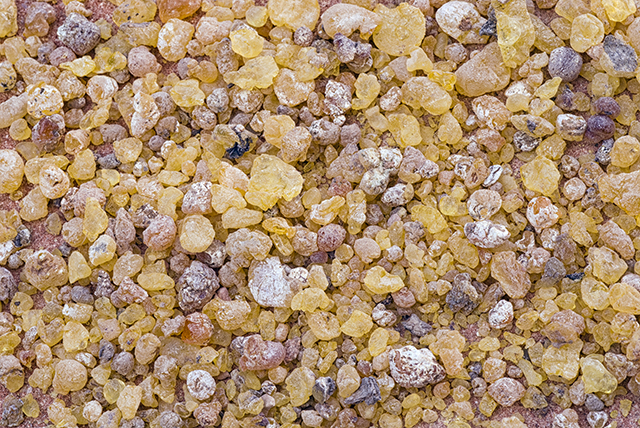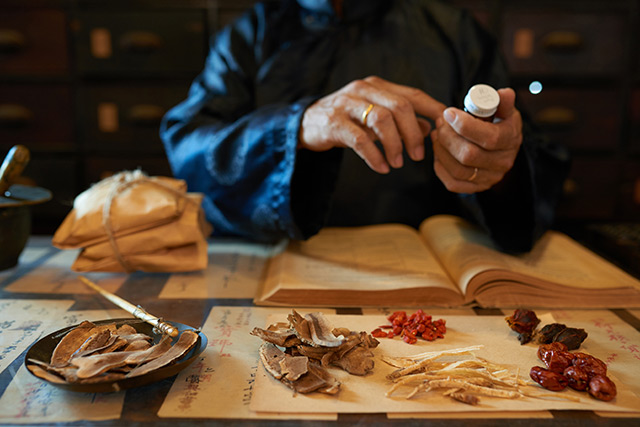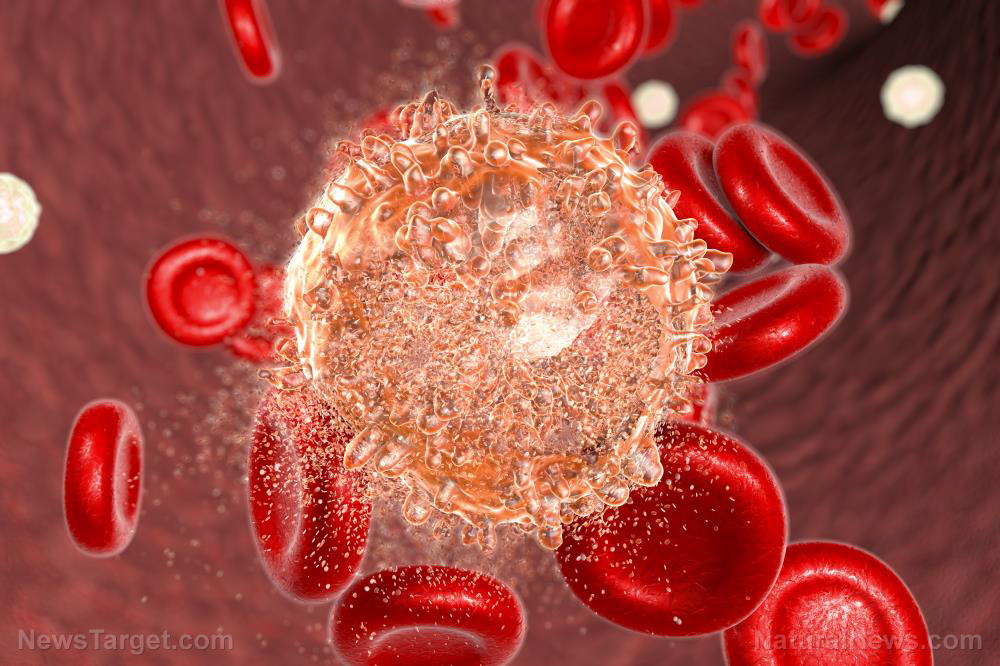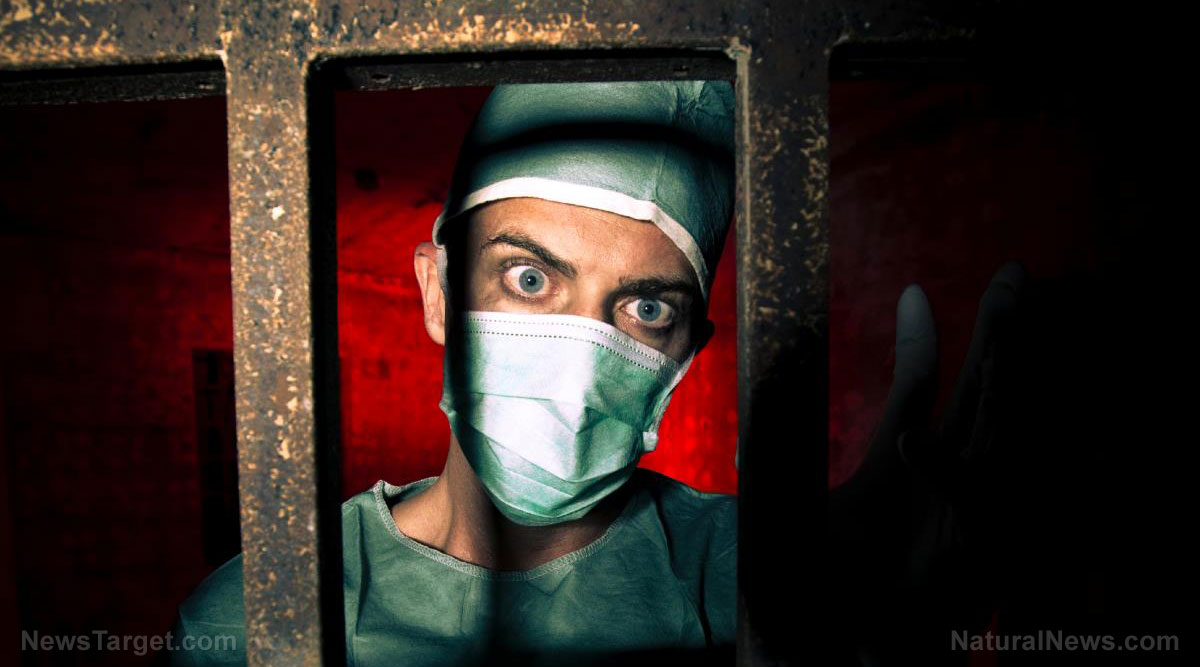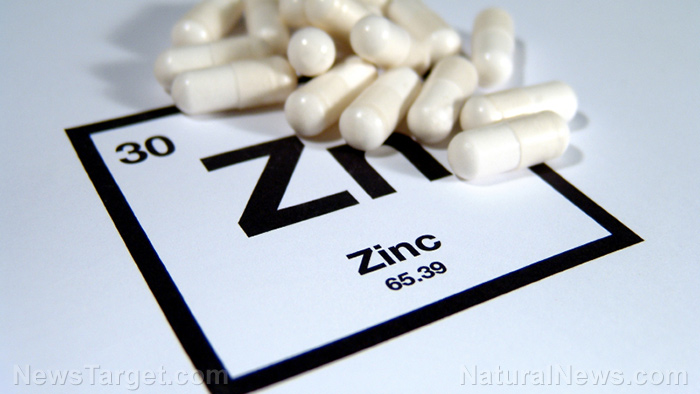Breast cancer detection bra will never see the light of day thanks to the deadly mammogram racket
05/05/2017 / By Vicki Batts

Eighteen-year-old Julian Rios Cantu, an engineering student from Monterrey, Mexico, recently made headlines for his cancer-detecting bra, known as EVA. Cantu stole the show at the Global Student Entrepreneur Awards and walked away with the top prize for his outstanding device.
The bra is equipped with 200 biosensors that monitor breast shape, temperature and weight, as well as “map” the surface of the breast. According to Rios Cantu, the bra only needs to be worn for about one hour per week to do its job, and it was specifically designed to help women with a genetic predisposition for breast cancer.
Rios Cantu says he was inspired by his mother’s struggles with breast cancer. Together with three friends, he created the device for his tech company, Higia Technologies. “EVA is a network of biosensors that covers the woman’s breast, takes the temperature data, analyzes them, and sends the information to an application or any computer,” he explained. The young inventor says that when there is a malformation or tumor in the breast, there is a change in blood flow and temperature that can be easily detected by the device.
Rios Cantu took home a whopping $20,000 for his groundbreaking cancer-detecting bra, and he beat out 13 other young student entrepreneurs from across the globe — but whether or not his device will make it to the marketplace is another matter.
The use of biosensors is a novel way to detect changes in breast tissue without having to undergo invasive and potentially dangerous mammograms, but will Rios Cantu’s EVA ever be able to replace the go-to method of cancer screening?
The breast cancer industry relies on screening techniques — like mammograms — to round up patients. Mammograms are particularly harmful to women, as past studies have shown that the actual practice of mammography causes more cases of breast cancer and mastectomies than it prevents. The study, published in the British Medical Journal, was led by Norwegian researchers and it found that women who underwent mammograms had more cancer and more breast removal operations than women who avoided the screening procedure altogether.
This finding seems to coincide with other research that has indicated that mammograms are likely to do more harm than good. Studies have indicated that mammograms are not only an ineffective screening tool, but also that they are outdated and may result in misdiagnosis. As Natural News writer Ethan Huff reported, “After looking at data on more than 600,000 women between the ages of 39 and 74 who underwent the procedure on a routine basis, researchers found that many women are misdiagnosed. Many of these same women are consequently mistreated with chemotherapy, resulting in their rapid demise.”
Another study, published in the New England Journal of Medicine came to a similar conclusion. The researchers of that study found that in order to prevent one breast cancer death, another 490 to 670 women would get a false positive, 70 to 100 would have an unneeded biopsy and between 3 and 14 women would undergo unnecessary treatment for a non-malignant form of cancer that would never become “clinically apparent,” if not for mammograms.
In other words, for every one woman a mammogram saves, several hundred are harmed — which is hardly impressive. If anything, it’s downright disheartening. Even though this “screening practice” is hardly worth the effort, mammograms are still perceived as the end-all be-all for cancer prevention — instead of actual approaches to preventing cancer like following a healthy diet, being more active and changing your lifestyle. Even though research continues to show mammograms aren’t all they’re cracked up to be, it seems that they will be quite difficult to replace.
Sources:
Tagged Under: breast cancer, cancer detection, mammograms






